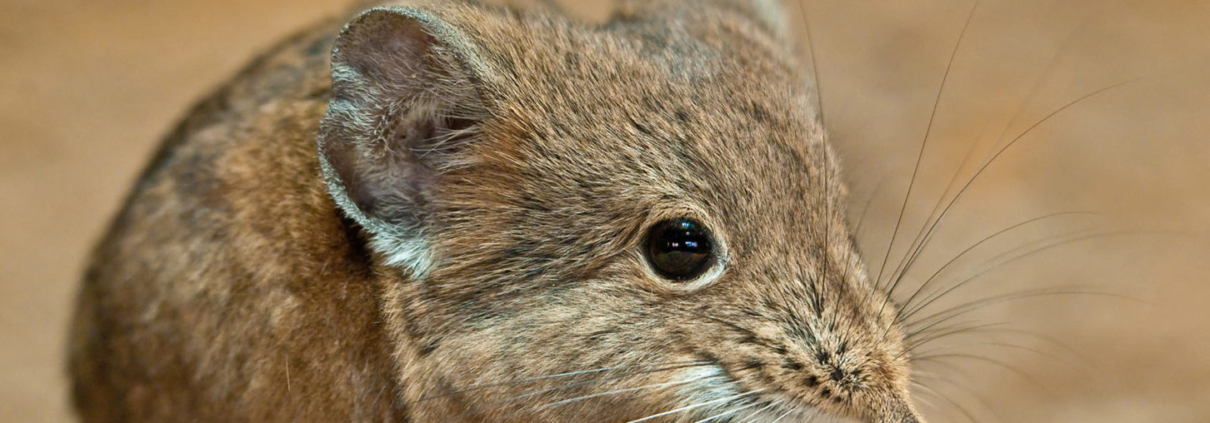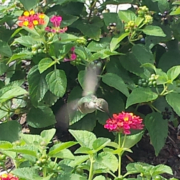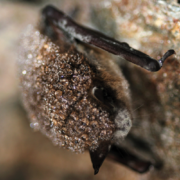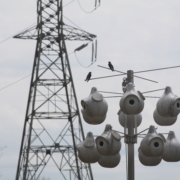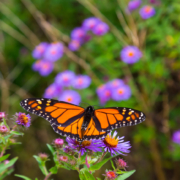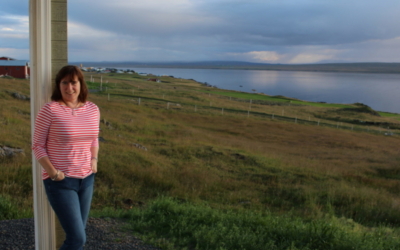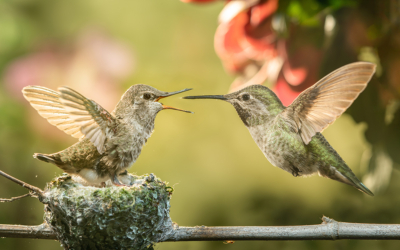10 Amazing Pollinators You Might Not Know About
When we think of pollinators, we most often visualize bees, butterflies and maybe hummingbirds. But pollinators – animals that pick up pollen on their bodies and transfer it from flower to flower as they travel in search of food (usually nectar) – come in many more types, shapes and sizes. In fact, bees and butterflies only make up about a fifth of the 200,000 species of invertebrate pollinators that can be found around the world, while hummingbirds comprise only about a third of the roughly 1,000 vertebrate pollinators. Many other species of insects, birds, bats, lizards and even mammals have also been known to act as pollinators.
Here are 10 of the less commonly known, but just as important, pollinating species around the world:
- Hoverflies mimic the appearance of bees to scare off potential predators but are actually harmless. There are over 6,000 species of hoverflies around the globe, and they are considered one of the most important groups of pollinators.
- Lesser long-nosed bats and Mexican long-nosed bats in the southwest U.S. and Mexico pollinate agave (the key ingredient in tequila) as well as a number of other flowering desert plants like cacti. These nectar-eating bats are able to identify nectar-bearing flowers using a combination of sight, smell and echolocation.
- Carrion flies will sometimes visit flowers like the showy corpse flower that mimic the smell of their usual food source – dead animals and dung. Unfortunately for the flies, they do not get a nectar reward from the flowers, which instead trick the flies into pollinating them by luring them in with the smell.
- Hawkmoths are nocturnal, so they typically visit flowers that are open at night. There are over 1,400 species of hawkmoths, and several are often mistaken for hummingbirds because they hover in front of flowers while they feed, just like hummingbirds.
- Beetles were one of the first pollinators; fossil evidence suggests they were visiting cycad flowers about 150 million years ago, which is 50 million years before bees did. Beetles are still important pollinators today for a wide variety of flowering plants.
- Blue-tailed day geckos are the primary pollinators of several rare flowers, including the Trochetia tree, found only on the Mascarene islands in the Indian Ocean, and Roussea simplex, a woody vine found on the island of Mauritius. In fact, most lizard species that pollinate flowers occur on islands.
- Black-and-white ruffed lemurs are the largest known pollinators. Although it is not their primary food source, they will sometimes snack on the nectar of traveler’s palms, prying open the tough flower bracts and sticking their long snouts deep inside the blossom to lick up nectar, getting pollen all over themselves in the process.
- Elephant Shrews are a group of tiny mammals in Africa that are also occasional pollinators. The shrews, named for their long elephant-like snout, sometimes supplement their diet of ants and termites with nectar from a variety of plants like the pagoda lily.
- Honey Possums are a small mouse-like marsupial in southwest Australia with a very long tongue and pointed snout that help it feed on nectar and pollen of flowering shrubs and trees such as banksia and eucalyptus.
- Sunbirds are a group colorful birds in Africa, Asia and Australia with long, thin bills that allow them to reach the nectar deep inside the tubular flowers that other pollinators might not be able to access. Some of the other birds that specialize in eating nectar like this include hummingbirds, honeyeaters and honeycreepers.
Pollinator projects on corporate lands are one of the most accessible ways to create a valuable impact on biodiversity, from small-scale gardens to large pollinator-friendly remediation activities. Contact WHC Consulting to discuss how to develop new pollinator projects or improve current activities.
And visit our pollinator resource page to find a wide variety of the WHC resources available to help companies take action to protect pollinators, increase public awareness, and create pollinator-friendly habitat.
